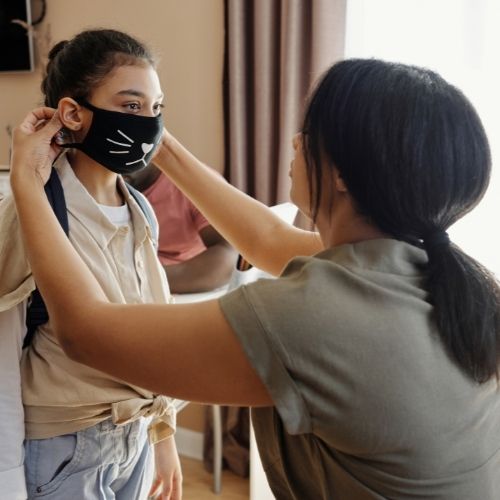
by The Children's Treatment Center | Feb 14, 2022 | General
As a psychologist who treats anxiety daily, I’ve been in a distinctive position during the pandemic. I can very clearly see the difference the last two years have had on individuals, families, and society, as a whole. Right now, our Children’s Center is overflowing...
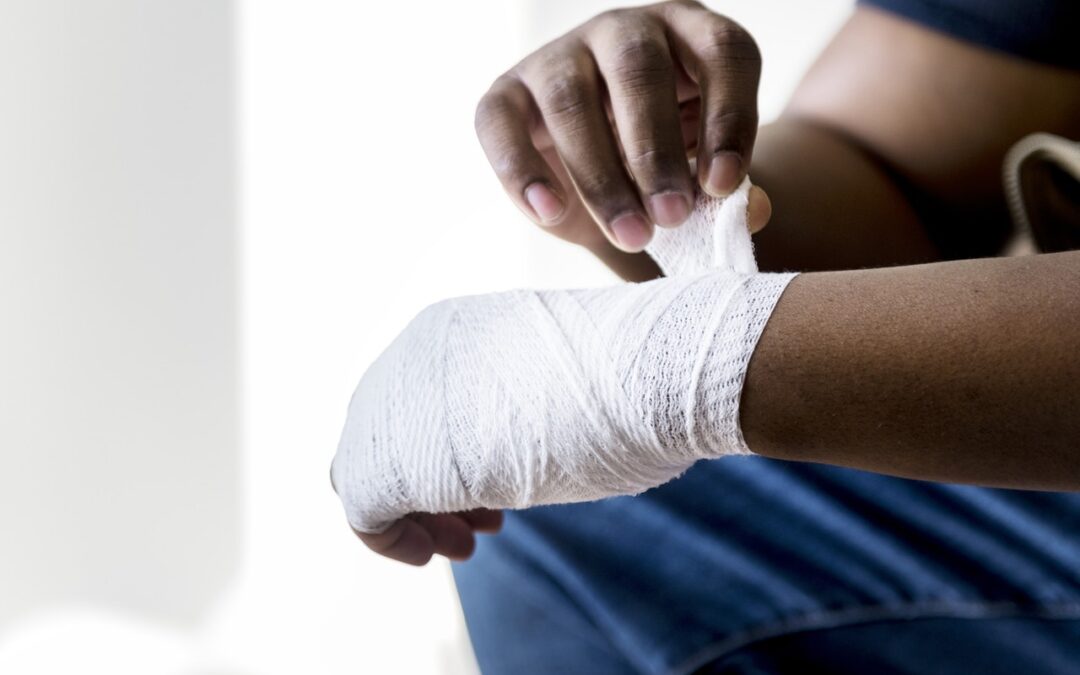
by The Children's Treatment Center | Nov 23, 2018 | General
Self harm or self-injury is the intentional wounding of one’s own body. Most often, people who self harm will cut themselves with a sharp object. Self harming may also include: severely scratching areas of their body with a fingernail or sharpened object carving words...
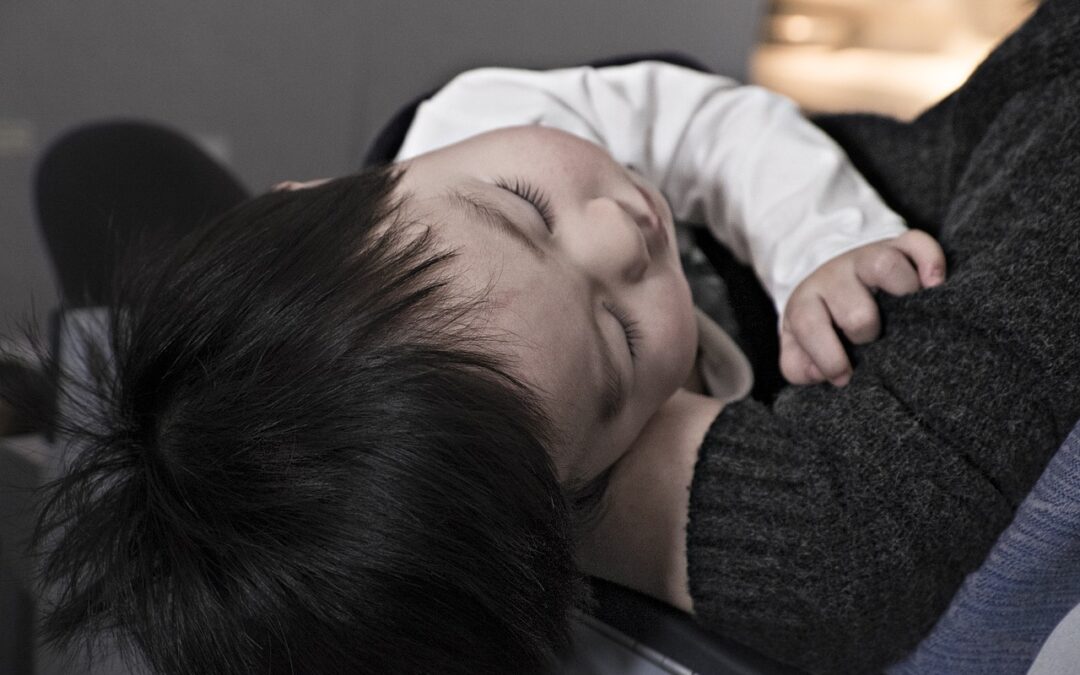
by The Children's Treatment Center | Jun 18, 2018 | General
A hypochondriac is someone who lives with the fear that they have a serious, but undiagnosed medical condition, even though diagnostic tests show there is nothing wrong with them. Hypochondriacs experience extreme anxiety from the bodily responses most people take for...
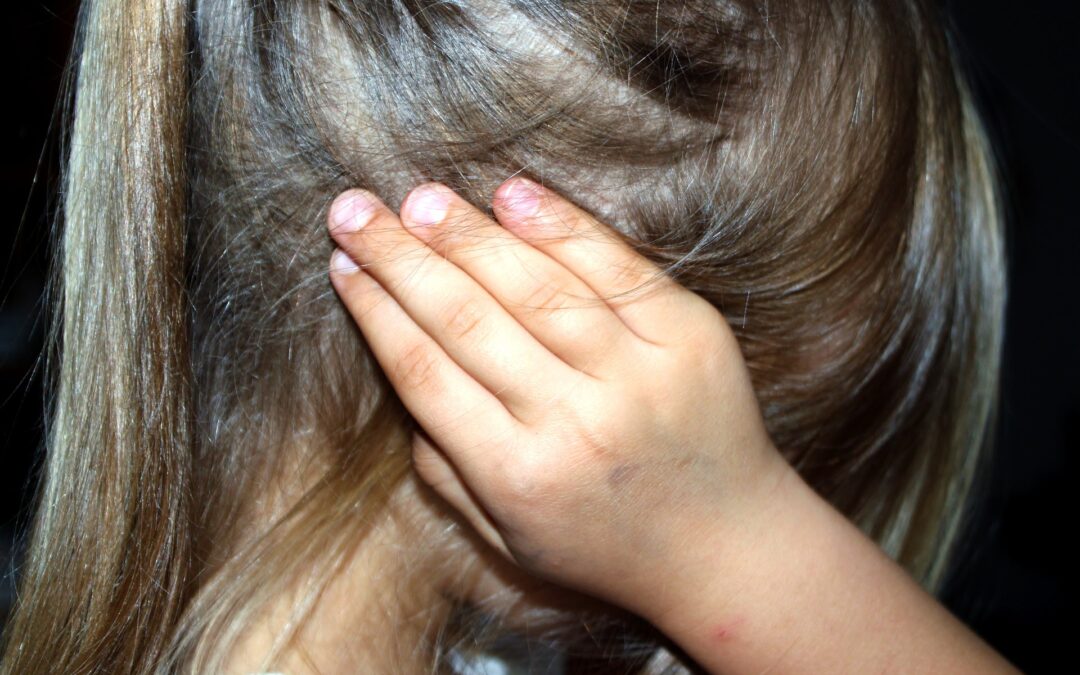
by The Children's Treatment Center | Feb 16, 2018 | General
The nation has been horrified to hear about another school shooting. For many in South Florida, however, the trauma surrounding school violence has hit particularly hard because this week’s shooting happened right in our own backyard. Many people likely know...
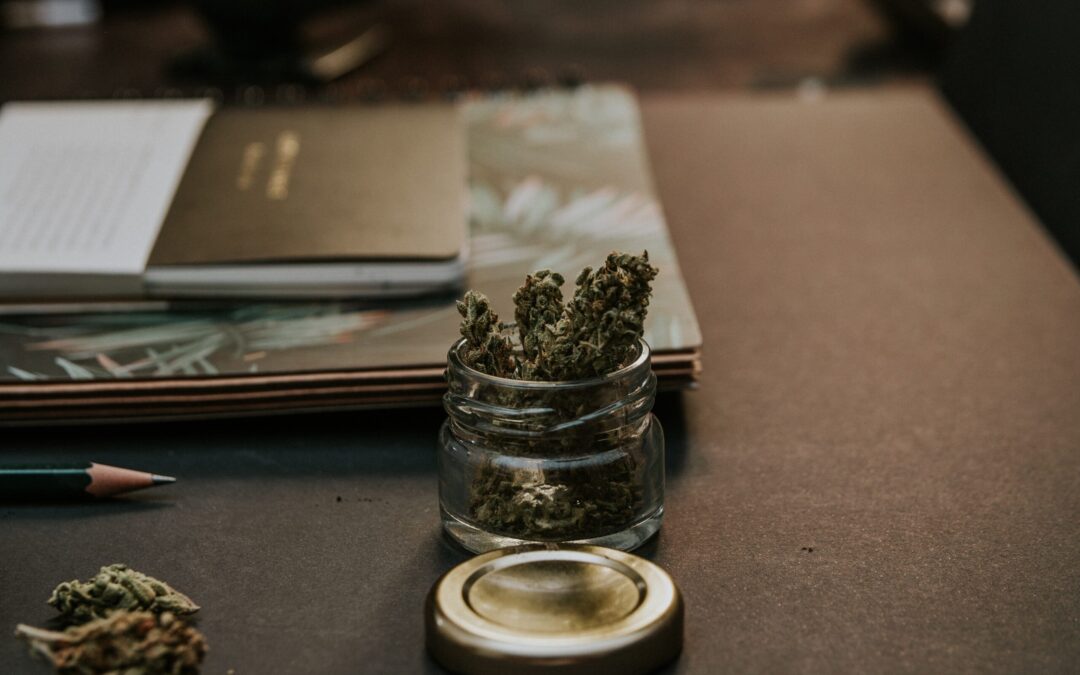
by The Children's Treatment Center | Jan 23, 2018 | General
As of this blog post, 30 states, the District of Columbia, Guam and Puerto Rico have all approved the broad use of medical marijuana. In addition, several other states allow limited medical use and 8 states (plus the District of Columbia) allow recreational use of...






